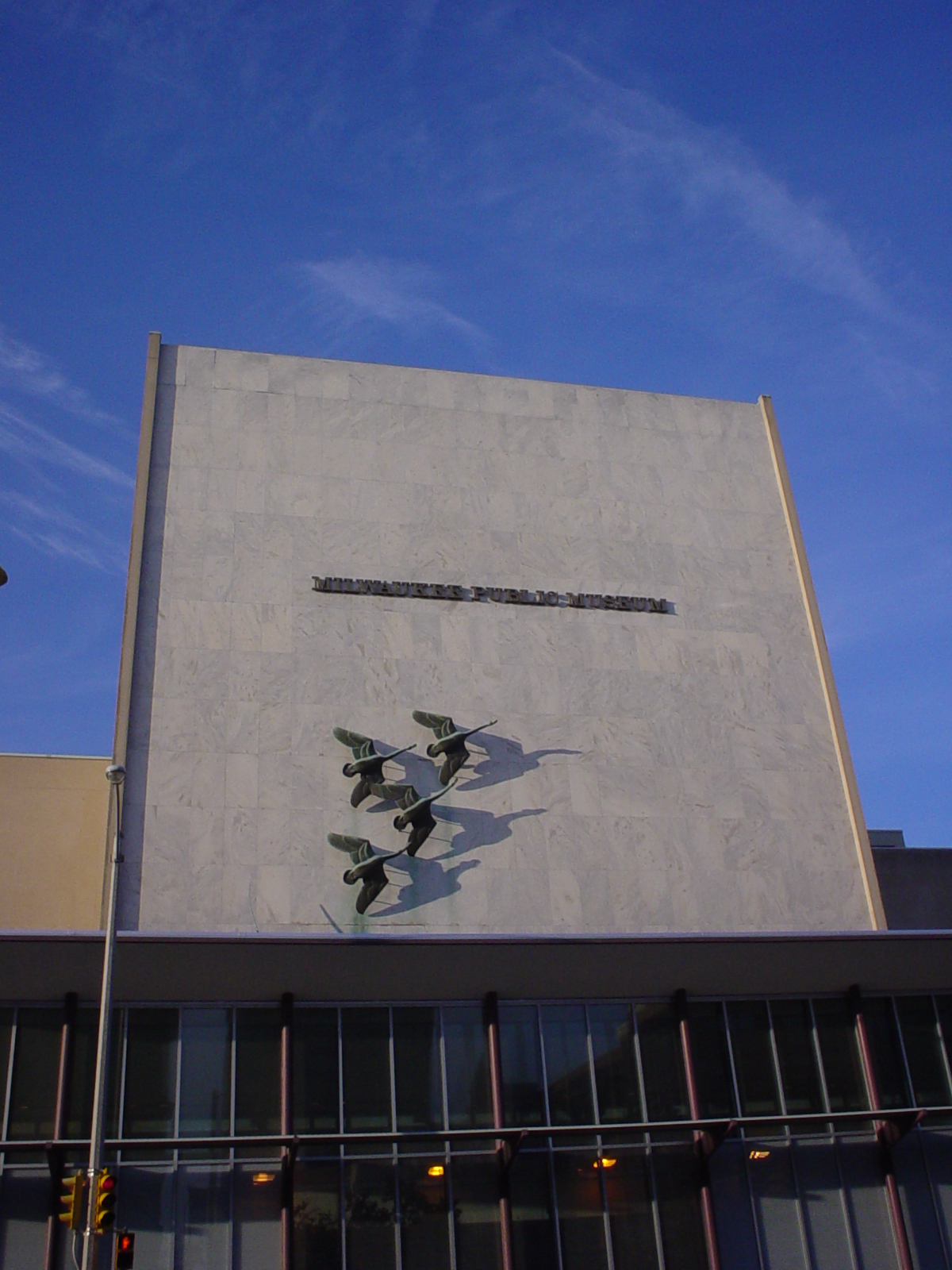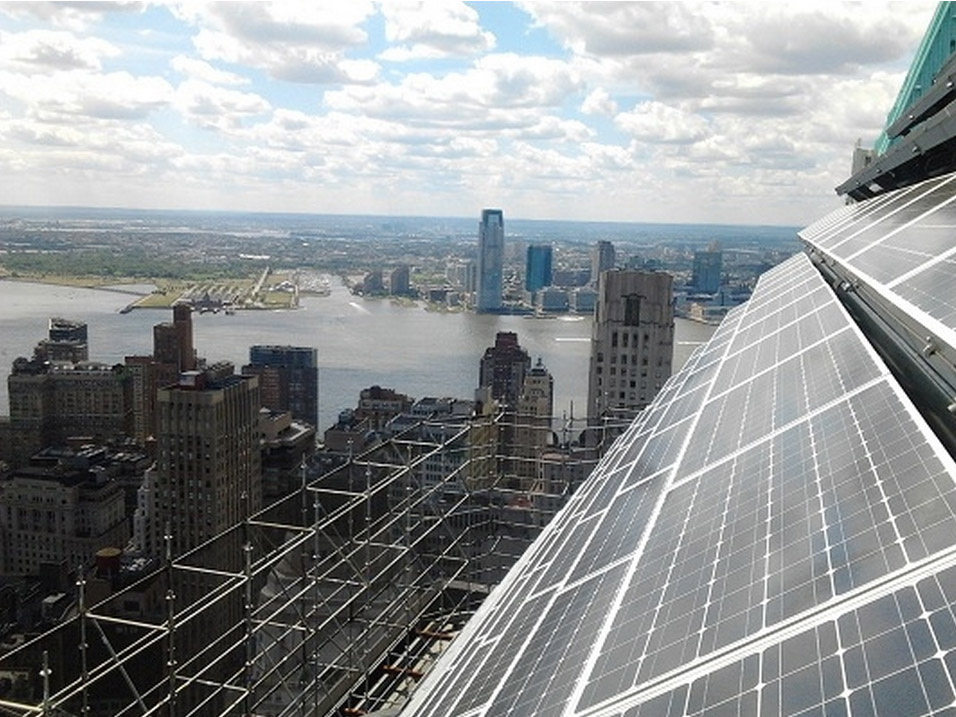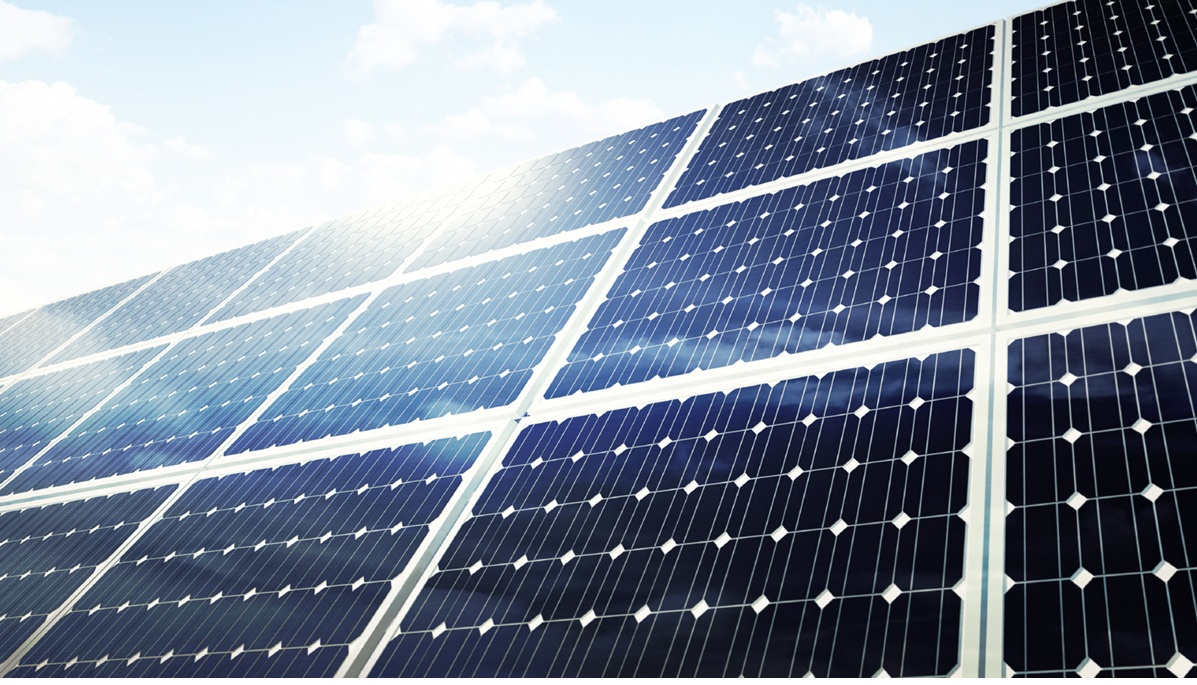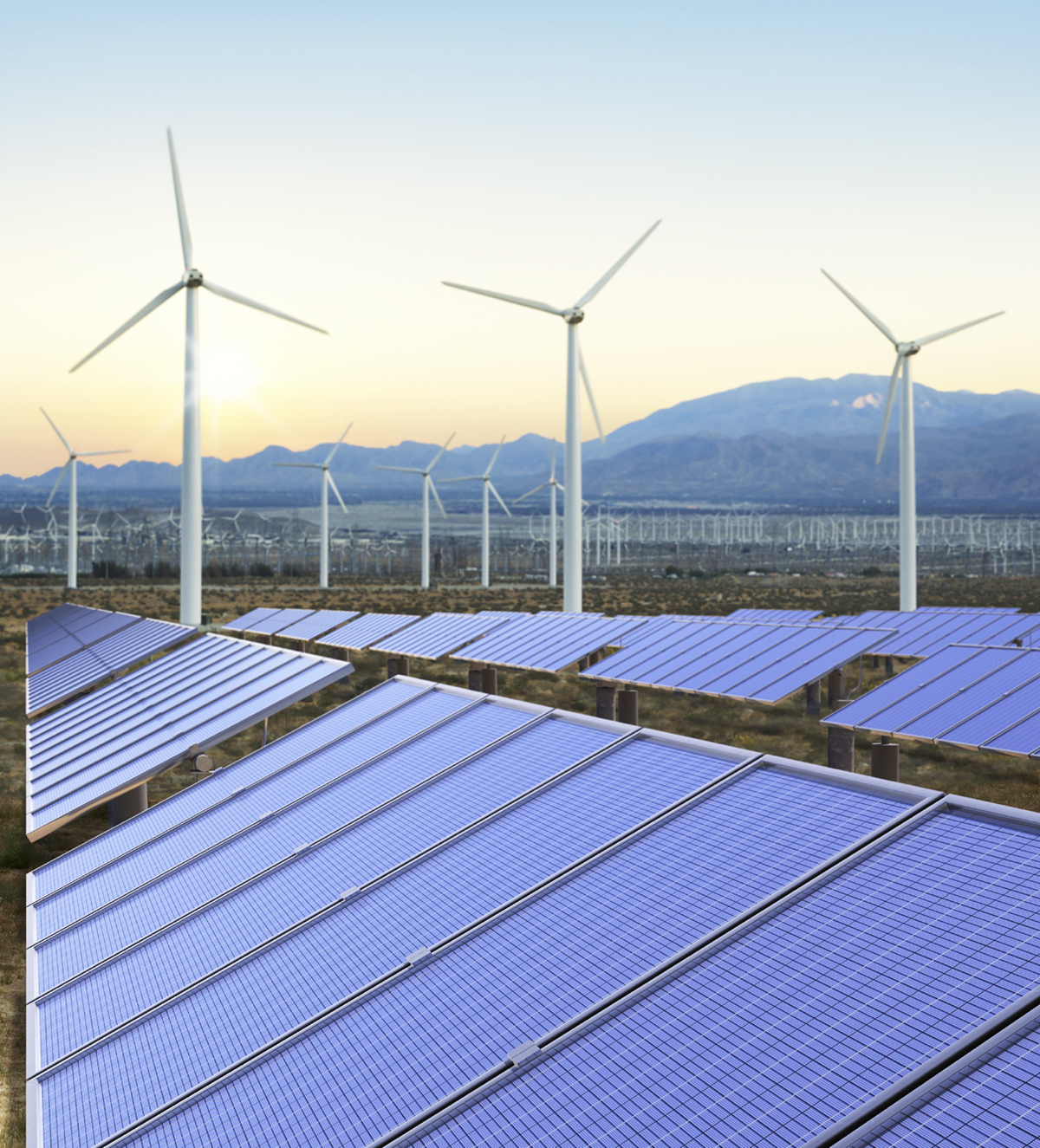In the U.S. Department of Energy Solar Decathlon, 20 collegiate teams compete to design, build, and operate solar-powered houses that are affordable, attractive, and easy to live in, maintains comfortable and healthy indoor environmental conditions, supplies energy to household appliances for cooking, cleaning, and entertainment, provides adequate hot water, and produces as much or more energy than it consumes. The winner of the Decathlon will be “the team that best blends affordability, consumer appeal, and design excellence with optimal energy production and maximum efficiency.”
The free and open to the public 2013 Decathlon & XPO that will be held October 3-13, 11 a.m. to 7 p.m. daily, at Orange County Great Park in Irvine, California, will include “a clean, renewable, and efficient energy exposition, featuring visionary and innovative companies, products, and educational opportunities.” 
The Decathlon’s purpose is to educate students and the public about the money-saving opportunities and environmental benefits presented by clean-energy products and design solutions, to demonstrate to the public the comfort and affordability of homes that combine energy-efficient construction and appliances with renewable energy systems available today, and to provide participating students with unique training that prepares them to enter our nation’s clean-energy workforce. Through fun, interactive exhibits and activities, the Decathlon & XPO will also help “educate visitors about the broad spectrum of energy efficiency in home design, transportation, consumer products, food production and education.” Exhibitors will showcase their company and energy-efficient products, resources, and ideas to consumers, homebuilders, municipalities, government agencies, businesses, and more, and speakers will showcase their work, research, and expertise in clean, efficient, and renewable enterprises.
The 2013 Decathlon teams are:
Arizona State University and The University of New Mexico
Czech Republic: Czech Technical University
Kentucky/Indiana: University of Louisville, Ball State University and University of Kentucky
Middlebury College
Missouri University of Science and Technology
Norwich University
Santa Clara University
Southern California Institute of Architecture and California Institute of Technology
Stanford University
Stevens Institute of Technology
Team Alberta: University of Calgary
Team Austria: Vienna University of Technology
Team Capitol DC: The Catholic University of America, George Washington University, and American University
Team Ontario: Queen’s University, Carleton University, and Algonquin College
Team Texas: The University of Texas at El Paso and El Paso Community College
Tidewater Virginia: Hampton University and Old Dominion University
University of Nevada Las Vegas
The University of North Carolina at Charlotte
University of Southern California
West Virginia University
The first Solar Decathlon was held in 2002; the competition has since occurred biennially in 2005, 2007, 2009, and 2011. In October of 2007, the Spanish and U.S. governments signed a memorandum of understanding to create Solar Decathlon Europe, a complementary competition to the U.S. Department of Energy Solar Decathlon. Spain hosted the first two of these competitions in 2010 and 2012. In 2014, Solar Decathlon Europe will move to Versailles, France. Solar Decathlon China is the most recent addition to the international family of Solar Decathlon competitions. The first Solar Decathlon China began on August 2 and will continue through August 13, 2013, at in Datong, China.
Information for schools interested in participating in the 2015 U.S. Department of Energy Solar Decathlon is also available. A U.S. Department of Energy funding opportunity announcement is tentatively expected on the following timeline: (1) Issue date: Aug. 26, 2013, (2) Due date: Nov. 4, 2013, and (3) Notification date: Jan. 15, 2014.
Additional Sources: SD Europe; SD China
Photo © October 13, 2007, JoshBerglund19 – creative commons.
 Gravel2Gavel Construction & Real Estate Law Blog
Gravel2Gavel Construction & Real Estate Law Blog



 The Milwaukee Public Museum’s 8-story tower’s marble façade facing West Wells Street is being replaced with 234 solar panels. It was reported that, over the past 50 years, the Museum’s heavy marble façade on the south wall facing West Wells Street has weathered and become less stable. Milwaukee County, which owns the building, reportedly elected to use solar panels as the replacement option because of the energy-generating potential of solar. The Museum’s solar wall is expected to generate 77,533 KW hours of electricity per year, the equivalent of having 442, 60-W light bulbs on for 8 hours every day for an entire year. For now, the Museum will be the only building in Milwaukee with a full solar wall that is generating electricity.
The Milwaukee Public Museum’s 8-story tower’s marble façade facing West Wells Street is being replaced with 234 solar panels. It was reported that, over the past 50 years, the Museum’s heavy marble façade on the south wall facing West Wells Street has weathered and become less stable. Milwaukee County, which owns the building, reportedly elected to use solar panels as the replacement option because of the energy-generating potential of solar. The Museum’s solar wall is expected to generate 77,533 KW hours of electricity per year, the equivalent of having 442, 60-W light bulbs on for 8 hours every day for an entire year. For now, the Museum will be the only building in Milwaukee with a full solar wall that is generating electricity.

